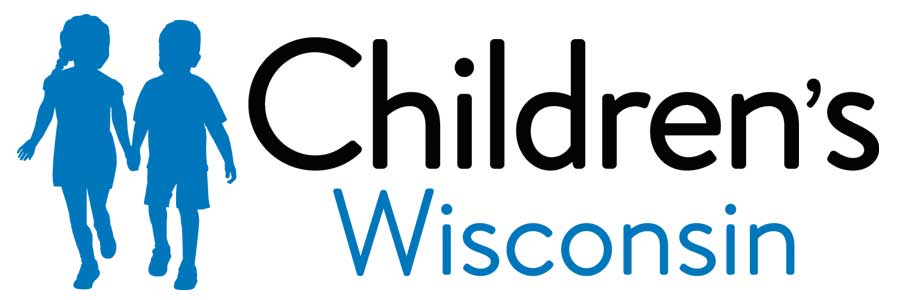Child mandibular distraction osteogenesis - Jaw Lengthening
Key points below
Jaw lengthening
Your child’s lower jaw is too small or uneven. One or more surgeries will be needed to lengthen your child’s jaw. The process, called Mandibular Distraction Osteogenesis, will help make your child’s jaw larger. This process will take place over a period of time.
What is the process?
- Surgery is done to cut the bone of the jaw.
-
A distractor device will be placed either outside (external) or inside (internal).
- External device. Pins are put in the jaw on each side of the cut. The device is attached to the pins.
- Internal device. This is put right on the bone on either side of the cut, and left under the skin.
- A period of time is allowed to pass to prepare the bone. This is called the latency period.
- The device is turned (activated) each day to allow room for new bone to grow. This is called the activation phase. Your surgeon will teach you how to turn the device at home.
- Your child will be monitored weekly by the surgeon in clinic during this process.
- After the activation phase is complete, the device is left in place. It holds the bones in place until the newly formed bone matures and becomes solid. This is called the consolidation phase.
- Once the bone is solid (about 6-10 weeks later), the device is removed in the operating room.
What happens after surgery to place the distractors?
- Your child will most likely have to stay overnight in the hospital.
- Monitors will be used to check your child’s oxygen level, breathing, heart rate and blood pressure.
- Your child may need to go to the Pediatric Intensive Care Unit if there are breathing problems before or after the surgery.
Diet:
- Your child will have an IV in the hospital. This prevents dehydration, and allows for medicines to be given.
- Your child will be on a soft diet.
Your child will be asked to gently use the muscles of the jaw often. To do this they will be asked to talk and chew.
Pin Care:
- You will need to clean the pin sites at home. Your child’s health care provider will tell you how often to clean the pin sites at home.
- Mix equal amounts of one-half (1/2) 3% Hydrogen Peroxide and 1/2 tap water.
- Dip a cotton swab in the solution and gently moisten the skin around the pin.
- Clean off any crusty material or drainage.
- Dip tap water on a new cotton swab and moisten the area again.
- Dry the area with another cotton swab.
- Use a new cotton swab to put a very fine layer of double antibiotic ointment on the skin at the base of the pin.
Your child’s health care provider will tell you how often to do the pin site care.
Follow up
-
Your child will need to be seen in the Plastic Surgey Clinic 5 days after surgery to begin to turn the device. The surgeon will show you how to turn the device, and tell you how often to turn the device.
- Turning should be done at the same time each day.
- If the turning hurts your child, give pain medicine about 30 minutes before you turn it.
- Your child will be seen once a week in clinic during the activation phase. Your child will then be seen monthly until the bone heals.
- The surgeon will decide when to remove the device.
For more information
,Check out this resource: https://kidshealth.org/ChildrensWi/en/parents

